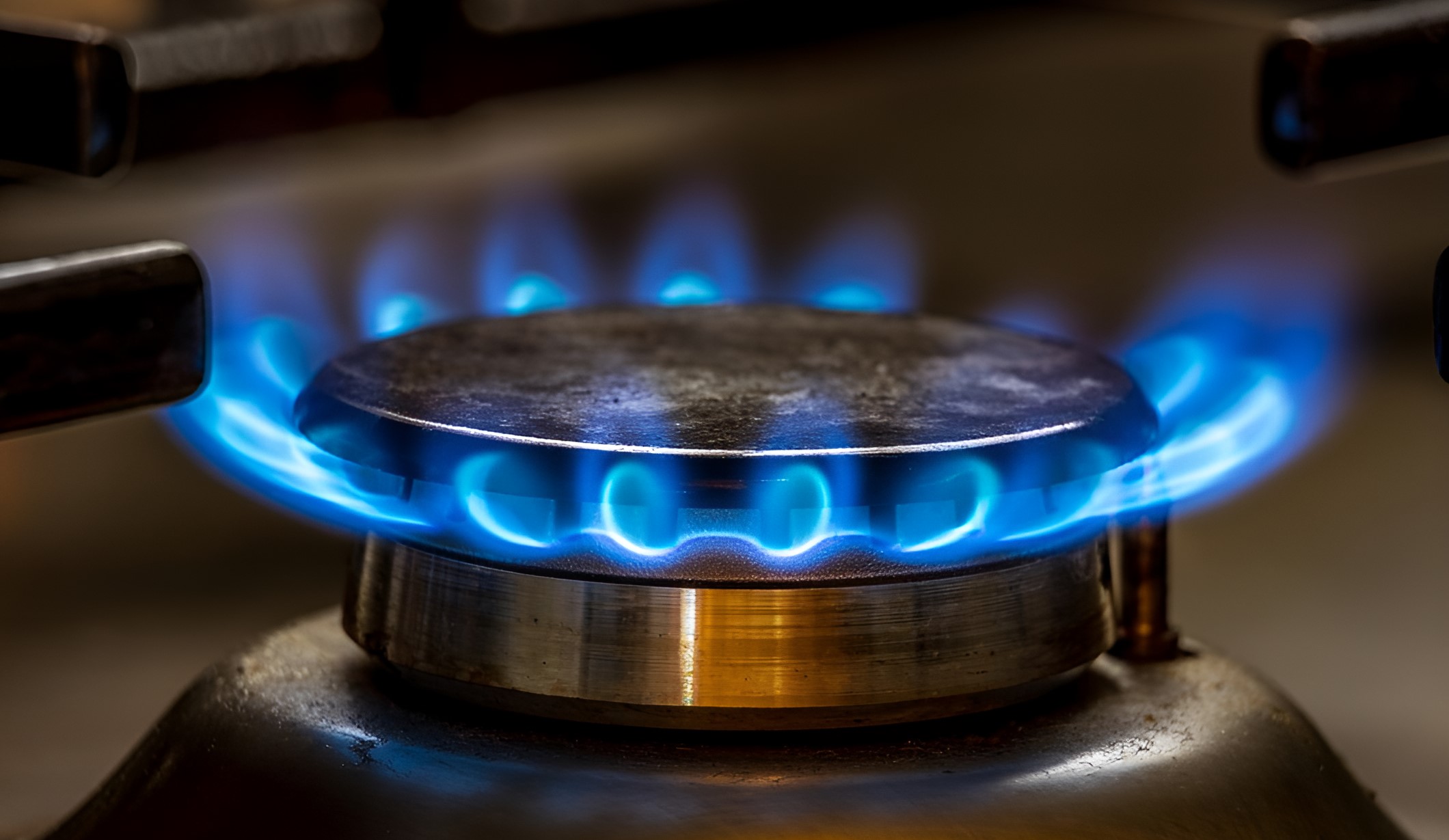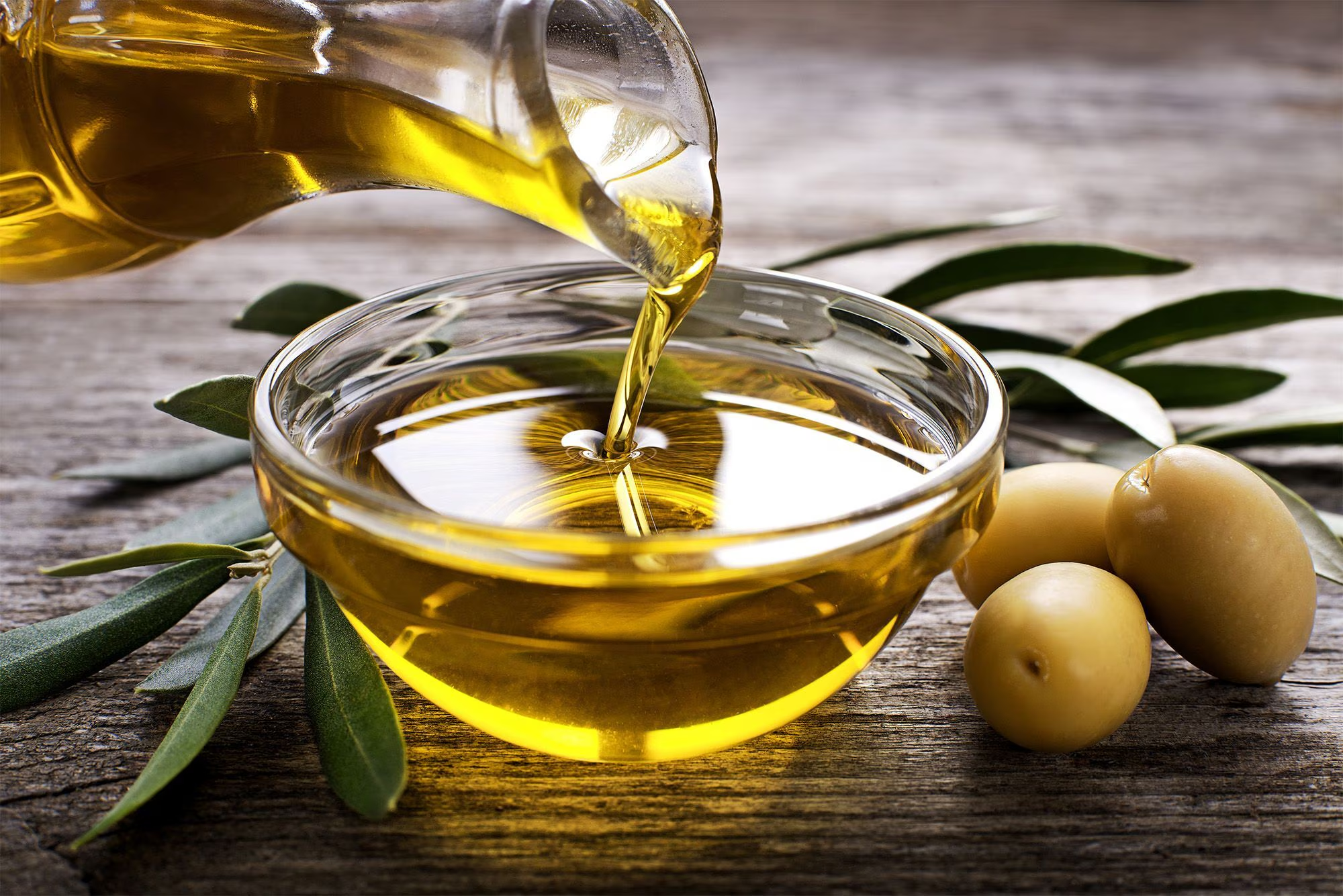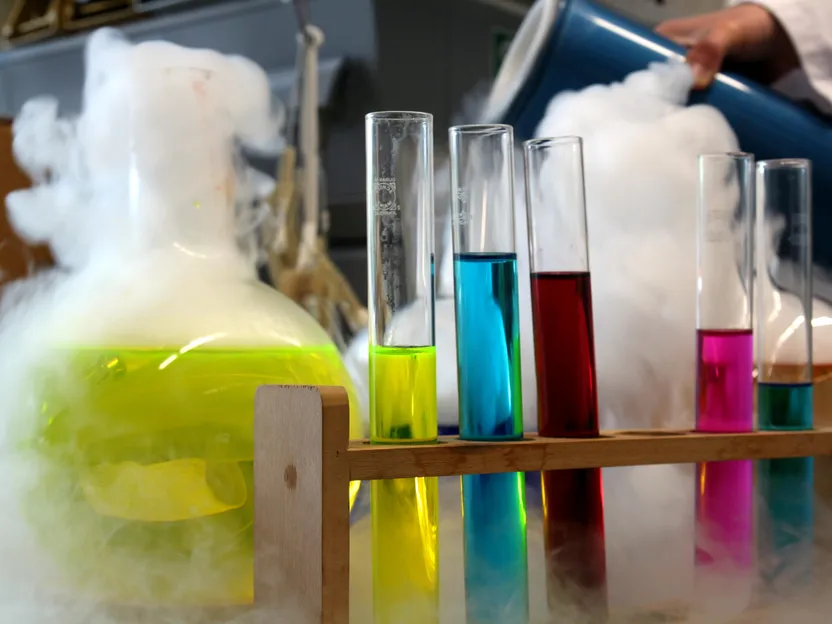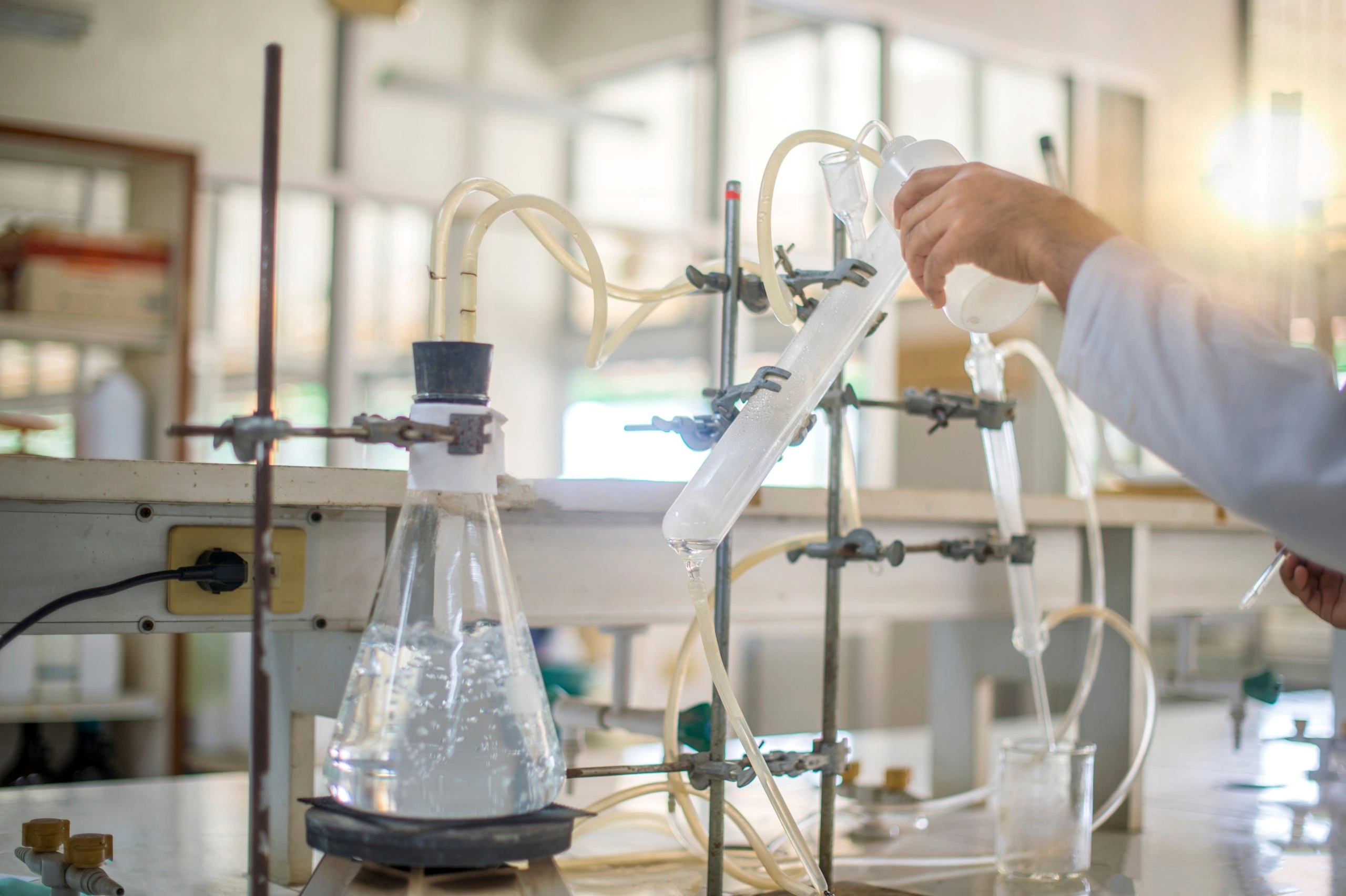Multiple-effect distillation plants for industrial applications
Optimize your energy use with multiple-effect distillation plants, designed to drastically reduce steam consumption while achieving high distillate purity and yield in continuous operations.
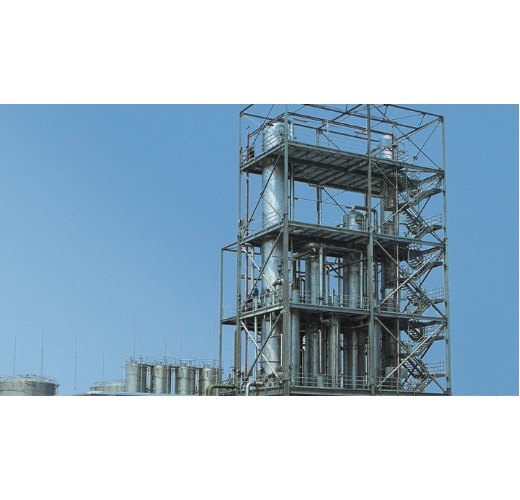
Reduces Energy Use in Liquid Separation
The Multiple Effect Distillation Plants by GEA are designed to minimize energy consumption in liquid separation processes, making them ideal for pharmaceutical, chemical, and food industries. These systems utilize pressure/vacuum rectification to achieve high-energy efficiency by allowing repeated energy use. They are suitable for producing distilled water, ethanol, and pharmaceutical-grade alcohol, among other high-purity liquids. The equipment’s multi-effect design effectively reduces energy use equivalent to its number of effects, achieving high thermodynamic efficiencies. With options for MVR and TVR heating, these plants ensure optimal energy usage and process integration. GEA’s systems support high-throughput operations in continuous mode, making them well-suited for large-scale applications. Constructed from corrosion-resistant materials, they comply with industry standards, offering customization and engineering support to fit specific production needs.
Benefits
- Minimizes operational costs by reducing steam consumption and energy use.
- Enables high-purity production with efficient multiple-effect distillation.
- Integrates seamlessly into existing production lines with customizable designs.
- Ensures compliance with industry standards for pharmaceutical and food applications.
- Supports continuous operations, maximizing throughput and process efficiency.
- Applications
- Food, Gas, Beverage, Oil, Environment, Chemical, Pharma, Healthcare, Dairy
- End products
- Solvent recovery products, Ethanol, Active pharmaceutical ingredients, Bioethanol, Pharmaceutical-grade alcohol, Purified gaseous substances, Anhydrous ammonia, Pure essential oils, Whey protein concentrate, Distilled water, Food-grade alcohol, High-fructose corn syrup, Refined petrochemicals, Vegetable oils, Lactose
- Steps before
- Feed Preparation, Purification, Pre-heating
- Steps after
- Cooling, Product Purification, Packaging
- Input ingredients
- feed, live steam, heating steam, cooling water
- Output ingredients
- high product yield, high distillate purities, vapor flows, distillate
- Market info
- GEA is known for its expertise in engineering innovative and sustainable equipment and solutions, focusing on sectors such as food, beverages, pharmaceuticals, and energy, with a reputation for quality, efficiency, and advanced technological applications in industrial processing.
- Energy Efficiency
- Reduction factor equal to number of effects
- Maximum Temperature
- Determined by product
- Minimum Temperature
- Determined by product
- Energy Consumption
- Minimized with multiple effects
- Steam Usage
- Minimum demand
- Purity
- High distillate purities
- Product Yield
- High
- Thermodynamic Efficiency
- High
- Pressure
- Pressure/Vacuum system
- Heating Source
- Live steam
- Cooling Source
- Cooling water temperature
- Heating Efficiency
- Optimized through multi-effect
- Energy Reduction Factor
- Equal to number of effects
- Temperature Difference for Heat Transfer
- Determined by product and system design
- Maximum/Minimum Temperatures
- Based on product and system requirements
- Automation level
- Manual/PLC/SCADA
- Batch vs. Continuous Operation
- Continuous
- Energy Reuse
- Multiple-effects
- Machine footprint
- Varies depending on design
- Tank shape
- Cylindrical or custom
- Feed method
- Pressure/vacuum rectification
- Discharge method
- Continuous or batch-style
- Number of effects
- Determined by system design
- Temperature range
- Maximum and minimum dictated by product
- Reboiler type
- Varies according to process requirements
- Energy efficiency optimization
- Multiple-effect utilization
- Reboiler type
- Varied based on process parameters
- Temperature configuration
- Adjusted per process requirements
- Automation level
- PLC / SCADA integration
- Material selection
- Determined by feed properties
- Thermal vapor recompression
- MVR / TVR options
